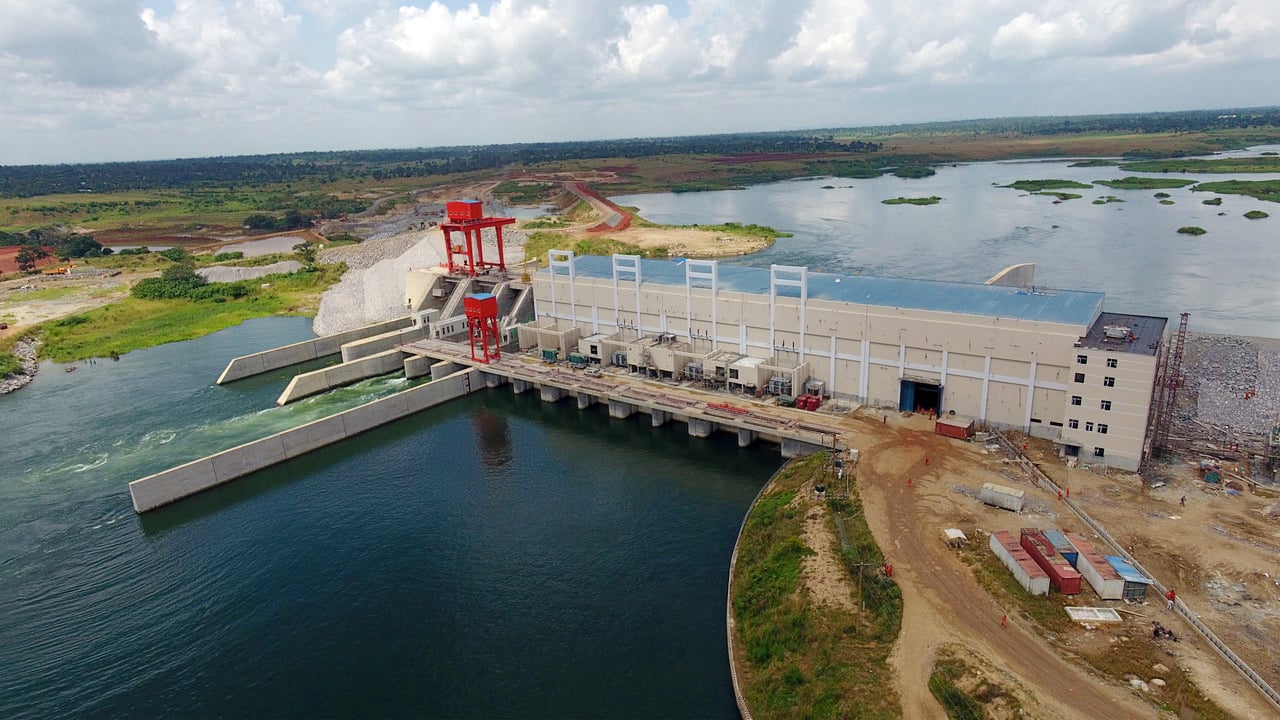Isimba Dam: Here are the facts no one mentions

Simon Atwiine
What you need to know:
Going forward, there is a need for a harmonious relationship with all the stakeholders, consultant engineer and contractor to find a timely solution so that the remaining issues and problems at Isimba dam are addressed
The media has recently published stories about ‘defects’ at Isimba hydro-power plant in Kayunga District after an incident at the station recently led to the brief shutdown of the dam leading to power outages. This unfortunate incident has since then been hastily addressed ending the blackouts.
However, some of the stories have been bereft of facts, rationality, not based on science but rather theories and conjecture.
For instance, one of the stories, which doesn’t quote any human source read: “There is an imminent threat as the embarkment at the dam could burst leading to flooding as raised water could barrel across homesteads, leaving a trail of destruction.”
This must have been the fertile imagination of the writer, which is alarmist.
Perhaps, could there be any ounce of truth in this allegation? If there is any evidence, then it ought to be investigated and the truth established before lives are lost.
ALSO READ: Watertight solutions needed for Isimba dam
However, the construction of a dam is not equivalent to erecting a village hut. The dam is a labyrinth dotted with intricate designs and passageways. It requires that at every stage, the design must be subjected to scrutiny and approved by consultant engineers.
The design of this huge infrastructure project was proposed by the contractor and reviewed by the owner’s consultant engineers (reportedly from India and Europe) who gave it the green light.
To rely on a simple analogy, for instance if you are making a chair whose load design is meant to withstand a person who weighs 150kg, the design ought to put in place a safety net and build a chair of 250kg—as the extra 100kg serves as the safety allowance. This means that if one leg of the chair is found with later defects, it can still withstand the weight of the person before fixing it properly.
The construction at Isimba dam adhered to laid down professional principles of engineering, was fit for purpose and put in place a safety net.
We must also rely on science to draw conclusions. In May 2020, a torrential downpour experienced in East African countries resulted in unprecedented levels observed on Lake Victoria, the second-largest fresh water lake in the world.
Government agencies issued alerts to lakeshore communities during the region’s long rainy season as floods swamped farmland, inundated homes, and displaced tens of thousands of people.
However, Isimba dam withstood the raging waters and the structure experienced no failures.
Where did the authors pick the false theory that the spillway and dam will collapse and cause flooding?
Who is then attempting to drive this false narrative and what is their interest?
These stories are in bad taste and are being orchestrated by those with bad motives. According to the East African newspaper story published on August 21 whose headline read: “Power outage in Uganda blamed on ‘human error”, the Minister of Energy, Ruth Nanakabirwa, attributed the shutdown to human error on August 8, leading to the powerhouse flooding.
The other ludicrous allegation was based on another false narrative alleging that mild steel rods were used in the construction of the dam. This is unfounded as the materials used in the structure were always tested for compliance and then approved by the consultant engineers.
For instance, these materials including steel and sand aggregate were tested on site and sent to approved laboratories where they were approved and given certificates of compliance.
One ought to ask, how has the dam been functioning without any major glitches in the last three years?
Just like a brand-new vehicle requires repairs after being driven, a dam, which is a much more complex structure, requires repairs and some components may experience wear and tear, and require maintenance or periodic replacement.
Three years down the road, more than $100 million (about Shs38b) has been recovered from the power generation of this project, which cost $568 million (about Shs2.1 trillion). With this trajectory, this project investment could be fully recovered even in 15 years’ time, generating hydroelectric power at 4 US cents per kilowatt hour, among the lowest in East Africa.
Going forward, there is a need for a harmonious relationship with all the stakeholders, consultant engineer and contractor to find a timely solution so that the remaining issues and problems at Isimba dam are addressed.
There is also a need to establish a method of work that is collaborative and doesn’t taint the reputation of others. We need to build more dams so that the country can rely on power to industrialise and ensure that every rural household is lit.
This dam, which consists of Isimba Public Bridge linking Kayunga and Kamuli districts, is the pivot of economic growth in the greater sub-region. We must guard it jealously as a national treasure.
Mr Simon Atwiine is a media and communication consultant.




